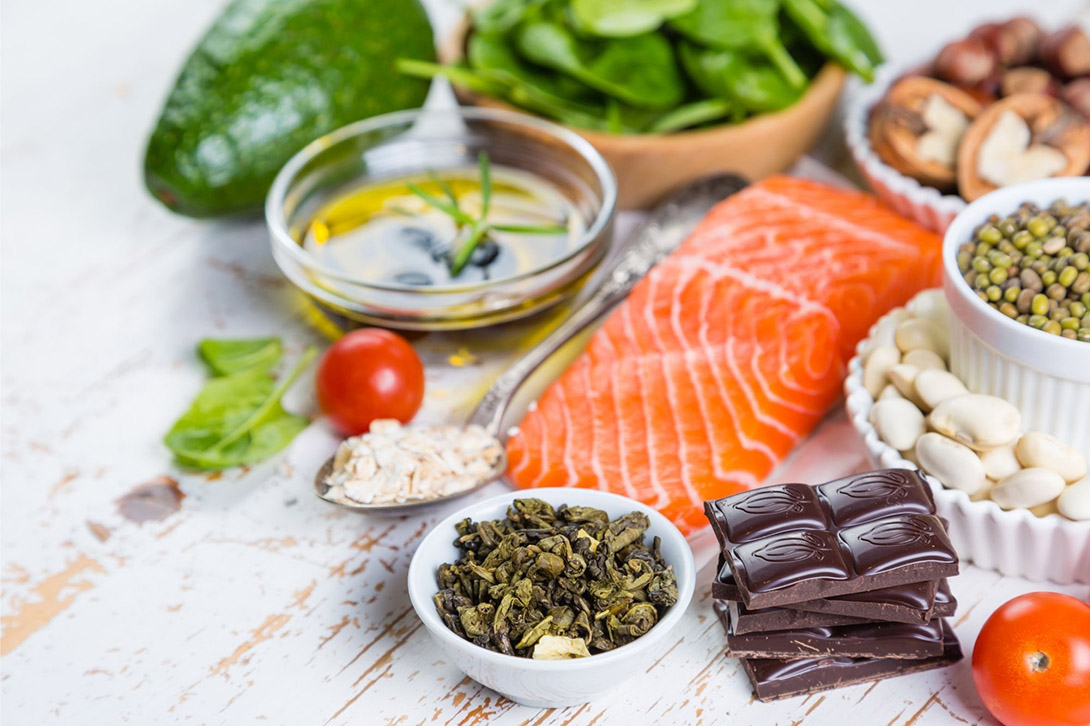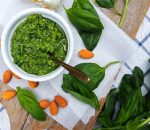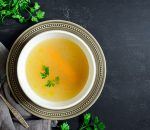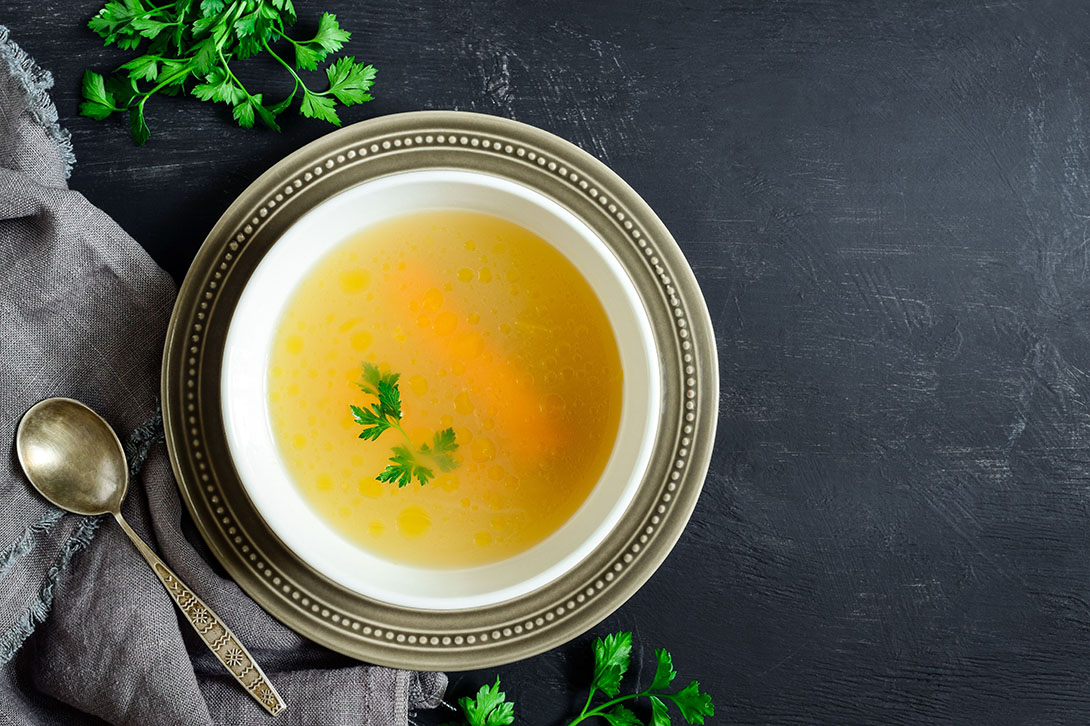iCANNourish
Recipes and information to help keep you nourished

What is ‘good’ nutrition?
A question that’s asked time and time again is “what is good nutrition”? Most people understand the balance of food on our plate at every meal is essential to helping our bodies work at their best. But what does that balance look like?
By understanding what a well-balanced plate looks like, you’ll have the foundations of nutrition to apply to your everyday lifestyle. Following is some kitchen inspiration that will ensure you’re getting nutrient-rich foods every meal, every day.
Where to start
Once diagnosed, many are motivated to make changes in their diet and lifestyle. Unfortunately, when researching these changes, it’s easy to go down the rabbit food hole. Whether it’s google or well-meaning friends and relatives, food advice can be very confusing and overwhelming.
The first step to overcoming this overwhelm is seeing a registered dietitian or nutritionist. These professionals provide personalised care helping you learn about what works and what doesn’t work for you. They can incorporate nutritional principles, adjusting and realigning your diet to suit your specific needs at that time.
There can be many varying factors to a person’s nutritional needs after a cancer diagnosis. Some of these factors include:
- Cancer type
- Cancer stage
- Treatment status
- Treatment type
- Side effects
- Pre-existing dietary requirements
- Age
- Sex
Jenny Gilchrist, breast oncology and clinical lecturer at Macquarie University Australia, says that patients usually start thinking about food as treatment begins.
“By the time patients come to see me for chemo, they ask what food they should eat, what to avoid, and if they should eat ‘clean’. I tell them that eating a well-balanced diet and incorporating all the five food groups is a great start and that everything in moderation is ok,” Ms Gilchrist says.
Balancing your plate
Balancing your plate is about getting the most out of each meal you eat.
The best way to do this is to balance the macronutrients in your food. Macronutrients include carbohydrates, fats and proteins and make up the three main elements our body needs to function at its best. By blending all three main macronutrients, they work in synergy to balance the nutrition on your plate. Think of making a loaf of bread without flour, for instance. The bread simply won’t work. The same principle applies to balancing macronutrients on your plate.
For example:
- Eating protein and carbs together will slow down the surge of blood sugar that happens after you eat.
- Lower blood sugar levels will keep you feeling fuller for longer and inhibit that mid-morning/mid-afternoon slump.
- Fats are another food type that can help you to feel fuller for longer.
What’s important to remember is the best type of protein, fat or carbohydrate you choose are essential for giving your body its best nutrition.
Qualified and registered clinical nutritionist Rosie Eyre shared her approach to food and nutrition with iCANmovement.
“I tailor a holistic treatment plan to suit each person, devise a meal plan to suit their budget, availability and time to cook. I work around what they love and dislike whilst considering what works with their lifestyle,” she says.
Rosie breaks down each type of macronutrient and its role in good nutrition.
Protein
- A recommended amount of protein is around one palm-size piece per meal.
- Protein is the building blocks of the human body. Think of them as the bricks that make the house. Without them, we would have no house. They are essential for growth, repair, hormone production (not just our sex hormones, but insulin, ghrelin (hunger hormone), leptin (feeling full hormone)), enzymes and neurotransmitters. They also help transport substances around our body.
- Protein can increase energy, regulate mood, reduce sugar and carbohydrate cravings. They keep us fuller for longer and help stabilise our blood sugars which is essential when reducing overall inflammation.
- Quality and quantity is an essential factor to consider when choosing your type of protein.
- It is essential to balance your intake between animal, seafood and vegetarian sources of protein and not just stick to one group. Too much of one thing is not good.
Best sources of animal protein
- Organic or grass-fed meat such as chicken, lamb, beef, turkey, goat, pork, veal, deer and organic liver.
- Eggs and plain Greek yoghurt (full fat).
- Cheese such as goat, sheep, labne and cow.
Best sources of seafood protein
- Alaskan salmon (wild-caught), sardines, mackerel and whitefish.
- Prawns, scallops, calamari, oysters and mussels.
Best sources of vegetarian protein
- Quinoa, brown rice, red rice, barley and freekah.
- Legumes including peas, dried beans, chickpeas and lentils
- Broccoli, organic tempeh and tofu, organic eggs, dairy, nuts and seeds.
Animal protein to avoid
- Corn fed, grain-fed, bacon, salami, prosciutto and ham.
- Burnt barbequed meat.
- Non-organic sausages.
Vegetarian protein to avoid
- Processed cheese slices
- Fruit puree flavoured yoghurts.
- Burnt cheese.
- Non-GMO tofu or tempeh.
- Imitation store-bought plant-based meats.
Fats
- A recommendation of fat is one thumb per meal or 20 per cent of our daily food.
- The human brain is 60 per cent fat; therefore, it is essential for cognitive function, clarity, memory and recall.
- Important for nervous system health, immune system, cardiovascular function and skin health.
- Healthy hormone production (not just your sex hormones!)
- Fats help reduce inflammation and offer natural pain relief, especially the essential fats omega 3 and omega 6 fats (which should only be eaten in small doses).
- One-third of the fat in your diet should come from essential fats. The type of fats that we choose is important to good health. Most western nations eat far too many of the wrong kinds of fats (non-essential) and too little of our omega 3 rich fats.
- Saturated and monounsaturated fats are non-essential nutrients in your diet and should be eaten in moderation. They still can be used for your body to make energy. For example; a piece of beef will contain mainly saturated and monounsaturated with a little polyunsaturated fat. Olive oil contains primarily monounsaturated fat, while flaxseed comprises primarily polyunsaturated fats.
- Almost all natural foods have a balance of all three types of fat.
- An ideal fat intake should contain mostly monounsaturated and omega 3 fats with the minimum possible trans and saturated fats.
- Quality and quantity of essential fats are essential and can reduce the risk of many chronic conditions.
Good essential fats to eat daily
Alaskan salmon (wild-caught), mackerel, herring, sardines and anchovies. Eggs, flaxseed/linseed, hemp, pumpkin, walnuts and avocado.
Where you find other healthy fats
- Ghee, butter, lard, animal fats, meat and marrow (grass-fed).
- Olive oil (cold-pressed), nuts and seeds, organic egg yolks, avocado and oily fish.
Best fats for cooking
These are the most unrefined forms of fat. Although some are saturated fats, they are less processed than vegetable oils and do not oxidise in high temperatures. These include animal fats such as lard, butter, ghee, cold-pressed, olive oil, coconut oil and avocado oil.
Fats to be avoided when eating and cooking
Although some vegetable oils such as canola and sunflower oils contain polyunsaturated fats. The manufacturing process transforms them into oil (often known as hydrogenated fats) that can wreak havoc in our bodies. Foods oils to avoid include fried foods, burnt or browned fat, overly processed vegetable oils, margarine, hydrogenated fats and trans saturated fats (crackers, cookies, cakes, biscuits, cinnamon rolls and frozen pizza).
Carbohydrates
- Our main source of energy and our most feared by many. It comes in two forms,
- The first type is fast release (from sugar, honey, white bread, white pasta, refined foods). These take little digestive effort and release a surge of glucose into your bloodstream, so you get that instant high, but soon after a big slump, they also lack nutrient density.
- Slow-release is the second type of carbohydrates and includes whole grains, vegetables, lentils, legumes, and fresh fruit, which feed our digestion in a more drip-fed manner. The sugars are liberated slowly, gently and evenly into our bloodstream. The second carbohydrate type is what we would like to see more of in a diet. Slow releasing carbohydrates should make up two-thirds or around 65 per cent of your daily intake.
- The majority of our carbohydrates should be from slow-release vegetables, legumes, whole grains and fruit such as dark leafy greens (spinach, kale, watercress), root vegetables (sweet potato, carrots, parsnips, beetroots), broccolini, brussel sprouts, radishes, tomatoes, eggplant, green beans and capsicum. Two serves of fresh fruit a day can offer slow-release carbohydrates along with two to three handfuls of legumes, whole grains or quinoa.
Resources
Further reading
- NIH – Eating Hints: Before, during, and after Cancer Treatment.
- The Cancer Council explain the food pyramid (see page 7).
- Nutrition in patients with cancer: a new area for medical oncologists?
- Cancer and Mediterranean Diet: A Review.
- The World Cancer Research Funds, Third Expert Report on Diet, Nutrition, Physical Activity, and Cancer: Impact and Future Directions.
- See the Australian Dietary Guidelines for the general population.
Organisations
- The Peter MacCallum Cancer Centre – CanEAT pathway for people with cancer and their carers. Read their Guide to optimal cancer nutrition care.
- Life Kitchen, a not-for-profit cookery school for people whose taste has been affected by cancer or cancer treatment.
Rosie’s references
- Holford, P. (2004). The New Optimum Nutrition Bible (2nd ed.). (C. Press, Ed.) London, UK: Piaktus Books Ltd.
- Ojo, O. (2019, February 22). Nutrition and Chronic Conditions. Nutrients, 11(2), 459.
Specialists
- Rosie Eyre, clinical nutritionist.
Social media
- Visit Instagram to learn more about Rosie @byrosie_.
- See @wiserandwellaustralia on Instagram.
Books
- Download Rosie’s cookbook.
- Download Life Kitchens Taste & Flavour Digital Book.
- Jane Freemans, How to Eat Well when you have Cancer.
We would love to know any resources you found helpful which we can share to help others. Please get in contact.








